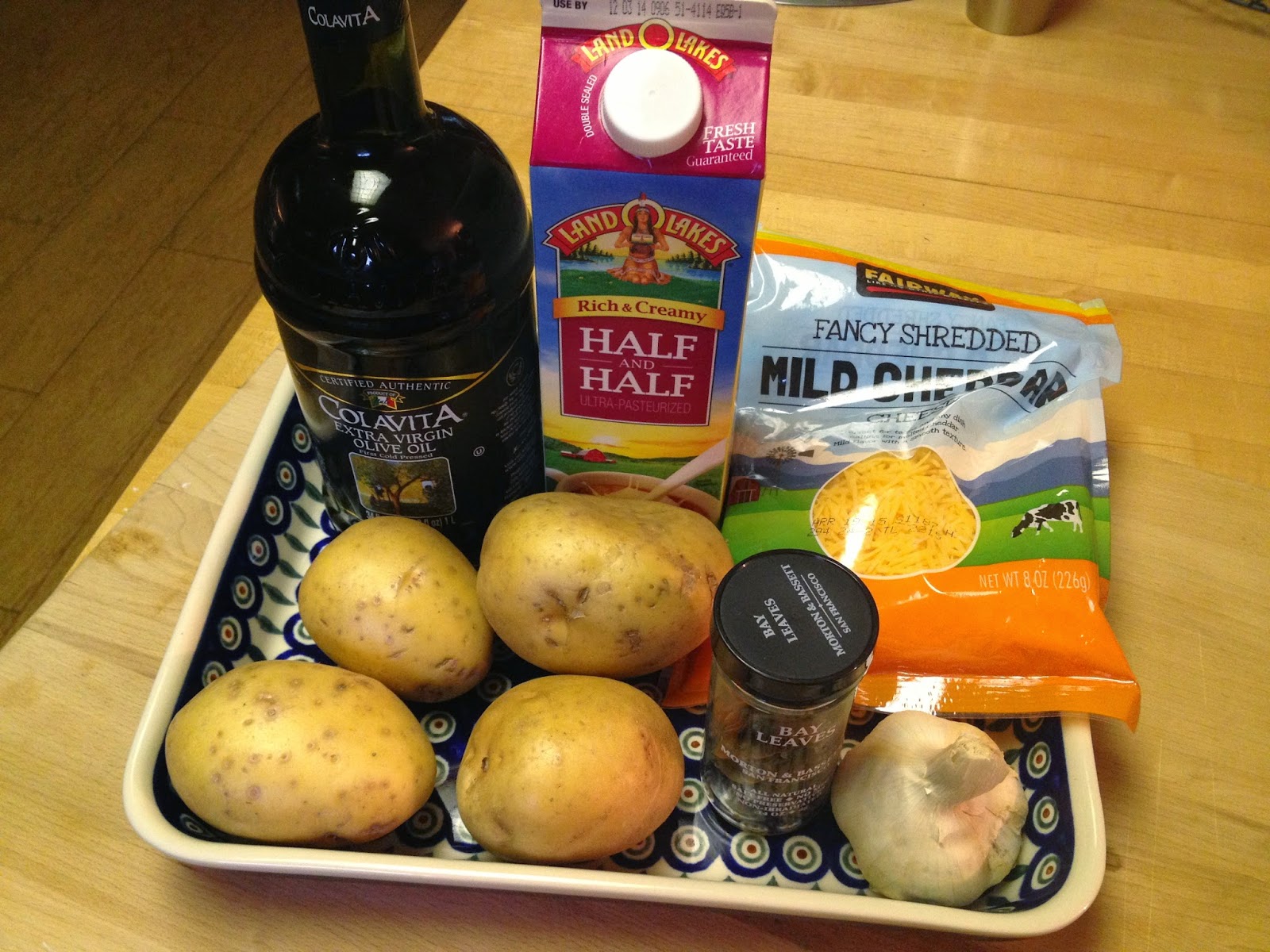Uji and the Tale of Genji
After lunch at Kitcho-san, we hopped on a train and made our way to the city of Uji, which is located between Nara and Kyoto. Although the city of Uji was founded in 1951, the site dates back to the 4th century.
In the 4th century, the son of the then Emperor, Ojin-tenno (応神天皇) established himself in Uji and built a grand palace. Later, in the 12th and 13th centuries, Uji was the site of three major battles.
In the 14th century, Uji became a major cultivator and producer of green tea. This new market was promoted by Shogun Ashikaga Yoshimitsu. Uji is still a major green tea producer and distributor in Japan, in fact, Uji has one of the oldest tea shops in Japan called Tsuen. This shop was established in 1160 AD!
From a literally perspective, Uji is important because it is one of the major settings of Murasaki Shikibu's masterpiece, The Tale of Genji (源氏物語).
In the 4th century, the son of the then Emperor, Ojin-tenno (応神天皇) established himself in Uji and built a grand palace. Later, in the 12th and 13th centuries, Uji was the site of three major battles.
In the 14th century, Uji became a major cultivator and producer of green tea. This new market was promoted by Shogun Ashikaga Yoshimitsu. Uji is still a major green tea producer and distributor in Japan, in fact, Uji has one of the oldest tea shops in Japan called Tsuen. This shop was established in 1160 AD!
From a literally perspective, Uji is important because it is one of the major settings of Murasaki Shikibu's masterpiece, The Tale of Genji (源氏物語).
Welcome gate
The "historic" area of Uji was fairly sizable and bore a stark contrast to the modern parts of the city. The historic area was filled with lots of old buildings, some of which were shops and homes. We had a really nice time walking along the main street.
Interesting painting...
One of many tea shops
Freshly ground hoji-cha
Ice cream and dessert shop
Japanese tanuki (raccoons)
After wandering the streets of Uji, we eventually arrived at famous Byodoin Temple (平等院). This is a Buddhist temple that dates back to the 10th century. To quote Wikipedia: "The temple was originally built in 998 in the Heian period as a rural villa of high ranking courtier Minamoto no Shigenobu, Minister of the Left. The property was purchased form Minamoto no Shigenobu's wife after he died by Fujiwara no Michinaga, one of the most powerful members of the Fujiwara clan. The villa was made into a Buddhist temple by Fujiwara no Yorimichi in 1052. The most famous building in the temple if the Phoenix Hall or Amida Hall, constructed in 1053. It is the only remaining original building surrounded by a scenic pond; additional buildings making up the compound were burnt down during a civil war in 1336.""
Sign for Byodoin Temple (平等院)
The entrance
The temple is rather large and really magnificent to behold
We didn't spend too much time touring the Byodoin Temple. We walked around the temple and quickly glanced through the museum. Unfortunately, it was rather crowded and the weather wasn't great. Although we didn't spend too much time here, I still enjoyed the visit and was really awed by the beauty and shear magnitude of the building!
From Byodoin Temple, we began to explore Uji once again, this time walking to the other side of the city, towards the Uji River. As we walked along the bank of the river, we stumbled upon a beautiful statue of Murasaki Shikibu (紫式部) or Lady Murasaki, the author of The Tale of Genji. I think Murasaki Shikibu is an absolutely fascinating individual, in my opinion. Although she lived in a male-domainted world, her father taught her to read and write, and she went on to write one of Japan's first novels, if not THE first novel.
According to Wikipedia: "Murasaki Shikibu (紫式部) was a Japanese novelist, poet, and lady-in-waiting at the Imperial court during the Heian period. She is best known as the author of The Tale of Genji, written in Japanese between 1000 and 1012. Murasaki Shikibu is a nickname; her real name is unknown, but she may have been Fujiwara Takako, who was mentioned in a 1007 court diary as an imperial lady-in-waiting.
Uji Bridge
Uji River
I'd say our first day of exploration in the Kyoto area was a great success. I had a lot of fun walking around Uji and visiting the Byodoin Temple. Furthermore, since Uji is a tea producing city, I loved the fact that the air literally smelled of tea. It was amazing!



















Comments
Post a Comment